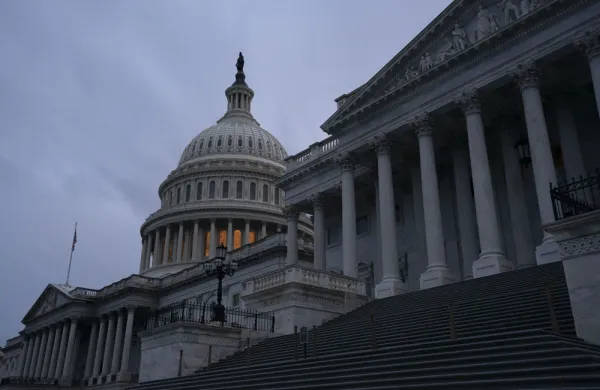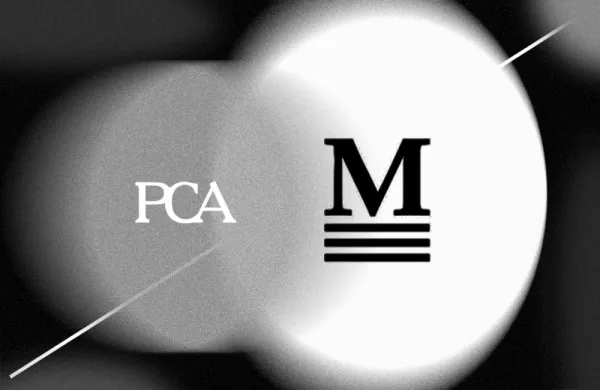The State of Indiana’s public pension fund has become the first public fund to drop its projection of future investment returns to below 7.0 percent.
That is just one step among several big moves that the Midwestern state has been taking to improve the performance of its $26 billion retirement system.
Bad news about public pension funds has become part of our daily diet: not enough money to cover future liabilities; misuse of public funds; battles with labor unions. To mitigate some of the pain, state officials across the country are taking actions that range from changes to the funds’ investments to cutting public services and increasing employer contributions.
The state of Indiana has taken a different route to solvency, starting with the merger of its bifurcated system, agreed to by the Indiana General Assembly in 2011. Next came a decision that gave the newly integrated fund the lowest investment return assumption among 126 large public systems followed by the National Association of State Retirement Administrators (Nasra). In July 2012 the Indiana Public Retirement System became the first to drop below 7.0 percent when the newly formed 9-member board agreed that it could not expect more than a 6.75 percent average investment return on its pension assets over the next 30 years. According to a January 2011 report from Moody’s Investor Service, the Indiana state pension fund also has the second-lowest combined pension and long-term debt liability as a percentage of GDP in the country. (Only Hawaii’s is lower.)
“It’s all about risk,” explains Steve Russo, executive director of the Indiana Public Retirement System. “In almost anything we do, we ask ‘What’s the risk?’” Russo, who had previously been director of the Indiana Teachers’ Retirement Fund (TRF) since 2008, was appointed head of the merged TRF and Public Employees’ Retirement Fund (PERF) in May 2010.
Lowering a pension fund’s long-term return assumption does not come without pain. The number is important because it helps determine the future assets required to pay the ever-growing army of retirees and the allocation of investments needed to get there. The lower the assumption, the potentially greater the amount of money needed from sources other than investment returns, including employer and taxpayer contributions or public service reductions. Currently, most state pension funds have projected long-term investment returns ranging from 7 percent to 9 percent. Of those, 45 have been lowered since the 2008 financial crisis.
“That does reflect a trend across the country of lowering the discount rate to reflect the more challenging prospective returns from the capital markets going forward,” comments Neil Rue, an investment consultant in Pension Consulting Alliance’s Portland, Oregon office.
Some pension experts believe that given the low interest rates and volatile equity returns today, most of those return assumptions are too high. If the rate is set too high, a plan will appear healthier than it really is, enabling employers to make lower contributions into the plan, thus jeopardizing future payouts.
The integrated INPRS fund is one of the oldest hybrid pension systems comprised of both defined benefit and defined contribution plans, first established in 1955. It has $20 billion in defined benefit and $5.5 billion in defined contribution assets that include six smaller funds that were part of PERF. The defined contribution portion, officially named the Annuity Savings Account is not your average 401(k). It has the advantage of leveraging the state’s defined benefit managers to obtain amongst the lowest fees of any defined contribution plan, explains Russo, rather than using the usual mutual fund array.
Before the funds were merged, the two legacy funds’ return assumptions were 7.5 and 7.25 percent. The merger gave the state legislature the opportunity to adjust the rate down to 7.0 percent. The expectation of prolonged low interest rate environment and volatile equity markets pushed Russo and the board to more closely match fund assets with liabilities. “If by going to 6.75 percent drops our funded status, so be it,” explains Russo.
Low interest rates and uneven investment returns have taken a toll nationwide with taxpayers on the hook to help support retired teachers, firemen and police. A paper published in September by professors Robert Novy-Marx at the University of Rochester and Jonathan Rauh, at Stanford University’s business school and the Hoover Institution, found that — assuming each state grows at its ten-year average (without taking factors like investment return or economic growth into account) — government contributions to state and local pension systems will need to rise to 14.1 percent of their own revenue to achieve fully funded systems in 30 years. “The Revenue Demands of Public Employee Pension Promises,” published in September, found that average employer contributions would have to rise to 40.4 percent of payroll to achieve these goals, corresponding to an increase of 24.1 percent of payroll. Per-household contribution increases would have to start immediately, with an average immediate increase is $1,385 per household per year.
For his part, INPRS CEO Russo challenges the 30-year pension return assumption. “If you do the math, and you are wrong for the first 10 years, you could get crushed,” he warns. Three, five, seven years of underperforming, your assumption has dramatic effects on your contribution rates, he adds.
The Indiana pension officials worked with the investment team from the ground up perspective to get the investment return aligned with the new return assumption. “Steve brought it to me,” says Adam Horst, the ex-officio board member, director of the Indiana Office of Management and Budget and the Indiana State Budget Agency. “It’s not the easiest conversation to have.” Russo’s answer: “How can you not do that? It would be shortsighted. To me it’s not fulfilling your fiduciary duties.”
The INPRS fund and its constituents received a present in July that helped boost its future position. Indiana law dictates that if the state budget reserves go over 10 percent, the extra assets are divided 50-50 between the pension fund and taxpayers. This year, a total of $360 million was distributed to the pension funds, bringing its funded status up to 80 percent.






